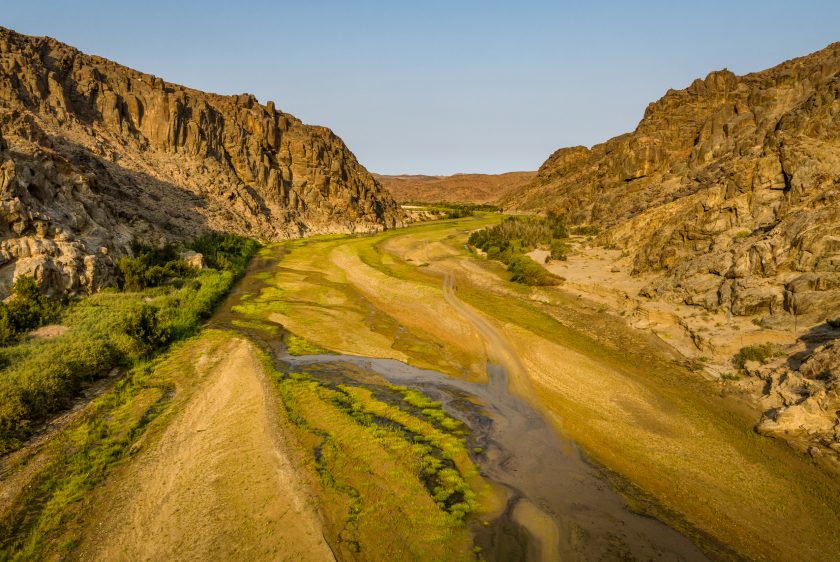
Legacy Landscapes Fund Bolsters Namibia’s Skeleton Coast–Etosha Conservation Bridge
Namibia is at the forefront of a bold, long‑term conservation initiative: the Skeleton Coast–Etosha Conservation Bridge (SCECB), supported by the Legacy Landscapes Fund (LLF) in partnership with World Wildlife Fund (WWF) Namibia. The SCECB spans 55,299 square kilometres, making it one of the most extensive conservation linkage areas in Namibia. This ambitious project links Etosha National Park and the Skeleton Coast, and stretches all the way to the Angolan border, covering 14 communal conservancies as well as national parks.
LLF has committed USD 1 million annually for at least 50 years to support this landscape‑scale conservation effort. The funding aims to maintain wildlife corridors, improve ecosystem resilience, and uplift livelihoods for communities living in and around the corridor. NNF has partnered with WWF under the SCECB framework to support four conservancies, namely, Tsiseb, Doro Nawas, Torra, and Khoadi Hoas in Erongo and Kunene South.
Recent Progress & Upcoming Events
-
Game Management & Utilization Plans (GMUPs) for Tsiseb Conservancy
In August and September, NNF led two three‑day workshops with Tsiseb Conservancy to revise its five‑year GMUP. The draft plan was completed without needing a third workshop, and is now under community validation before AGM approval. -
Review of Wildlife Bill (WIPAM) for new Protected Area categories
NNF reviewed the draft Wildlife Bill to consider how it could formally enable new conservation categories (e.g. for conservancies) and shared its insights with LLF and WWF. -
Joint Management Initiative (October 2025)
In mid‑October, NNF will host and facilitate a Joint Management Initiative Awareness Meeting for the four conservancies, with MEFT, WWF, and IRDNC. The meeting will launch a consultation strategy across the conservancies and precede the biannual LLF CLIP meeting on 28–29 October 2025.
The project embraces a novel conservation model known as “People’s Parks”, a new category that allows communities to formalise protected‑area functions on their own lands while retaining rights and benefits from such lands. These People’s Parks are being piloted in parts of the landscape, for example, the emerging Ombonde and Hoanib People’s Parks, combining community stewardship, tourism, and conservation in a hybrid governance arrangement.



